Why would you settle for an almost-good banner ad instead of an awesome one? You can outrun your competition if your banner ad design outruns his. There are certain steps in this process and after we’ve covered the first one, it’s time to take a step further.
The reason why you’ve started to create banner ads in the first place is because you have a message that you would like to be heard by a certain audience. Your messages’ formation and the design of your banner ads depend on the group of people that you would like to reach.
Some of the marketers or designers out there may not entirely understand this correlation, but it’s an essential part of the process of designing a successful banner ad. Imagine that you want to explain the benefits of eating spinach to a 5-year-old boy and a 30-year-old man. In the first case, you might say something like ‘You will be as strong as Popeye is’ and, in the last case, you might use scientific facts, like ‘It’s an excellent source of vitamin K and A’.
Did you notice that the essence of your message was the same in both cases, but it was adjusted according to the person that you were talking to? A 5-year-old boy can’t understand what a 30-year-old man does and the older one wouldn’t take seriously a foolish statement that a child would easily believe.
The same rule applies to the process of creating banner ads. Defining your target and the audience that you would like to reach is a crucial step. According to your targeted audience, you can adjust the form of the message and the design of your banner ads so it can be easily understood.
To identify the right target for your banner ads, take the following steps:
1. Understand the purpose of your product

Whether you recently launched a new product or you are looking for a new market to expand your reach, you always have to start the process by analyzing your product. I mean every inch of it.
“The challenge with being an initiator of projects is that you are never, ever done.” – Seth Godin
You have to understand the problems that your product can solve.
People having these problems are looking for a solution and they will represent the audience that you can target.
2. Create a picture of your customer

Business owners and marketers -even designers- easily overlook the importance of knowing the targeted audience.
Have you ever thought about the things that an ideal customer of your product likes or does? You may think that these things are beside the point and they are less important in the process of selling a product or designing banner ads.
But they are not.
Knowing things like their demographic data, job title or interests could help you to form your offer (and banner ads) accordingly. You should define your audience in as many relevant ways as possible.
The easiest way to have a complete image of your ideal customer is to create a buyer persona. It’s a fictional character that will represent everything that you’ve found out about him or her: age, location, income, interests and even fears or concerns.
This technique was practiced especially by larger companies, but small businesses are already catching up to it. They realised how important it is to have ultra-targeted banner ads and how well you have to know your target market.
3. Narrow your target market

Focusing your attention on a certain group of people by using one or two demographic criteria can give potential customers a reason to notice you in the crowd.
It will help you to track your performance and to win people’s trust.
Targeting a broad audience like “women who like to cook” could consume your budget in seconds without being noticed, but targeting a niche audience like “women who like to cook, live in San Francisco and have two children” could take you a step closer to win their trust, because it will show that your product is especially for them.
This also means that you have to exclude certain parts of the market.
Greg Head, founder and CEO of New Avenue, says “If you’re selling everything, you actually mean nothing in the marketplace. Exclusion is fundamental to target markets.“
4. Start testing

We have talked a lot about A/B testing in previous articles, which is primarily used for the optimization of an ongoing advertising campaign. You can test different color combinations, headlines or call-to-action buttons.
A/B testing is like a new step in the process of gaining more information about your ideal customers.
It shows you what they like, what call-to-action motivates them the most or what colors are more appealing to them.
5. Do it all over again
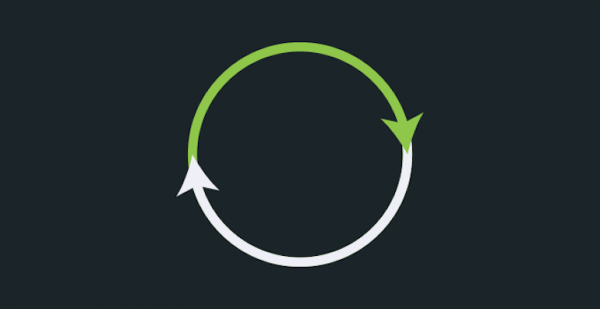
Because technology evolved so fast, a tremendous amount of information is available for everyone.
Small businesses keep making the already overcrowded markets more saturated. The shapes, attributes and sizes of these markets are constantly changing.
Some of the information that you’ve gained 3 months ago, for example, may not be accurate today. That’s the reason why you have to reanalyze the market, the demographics of your audience or the look of your banner ads.
Have you defined your target market?
Leave a comment and let us know how you did it!


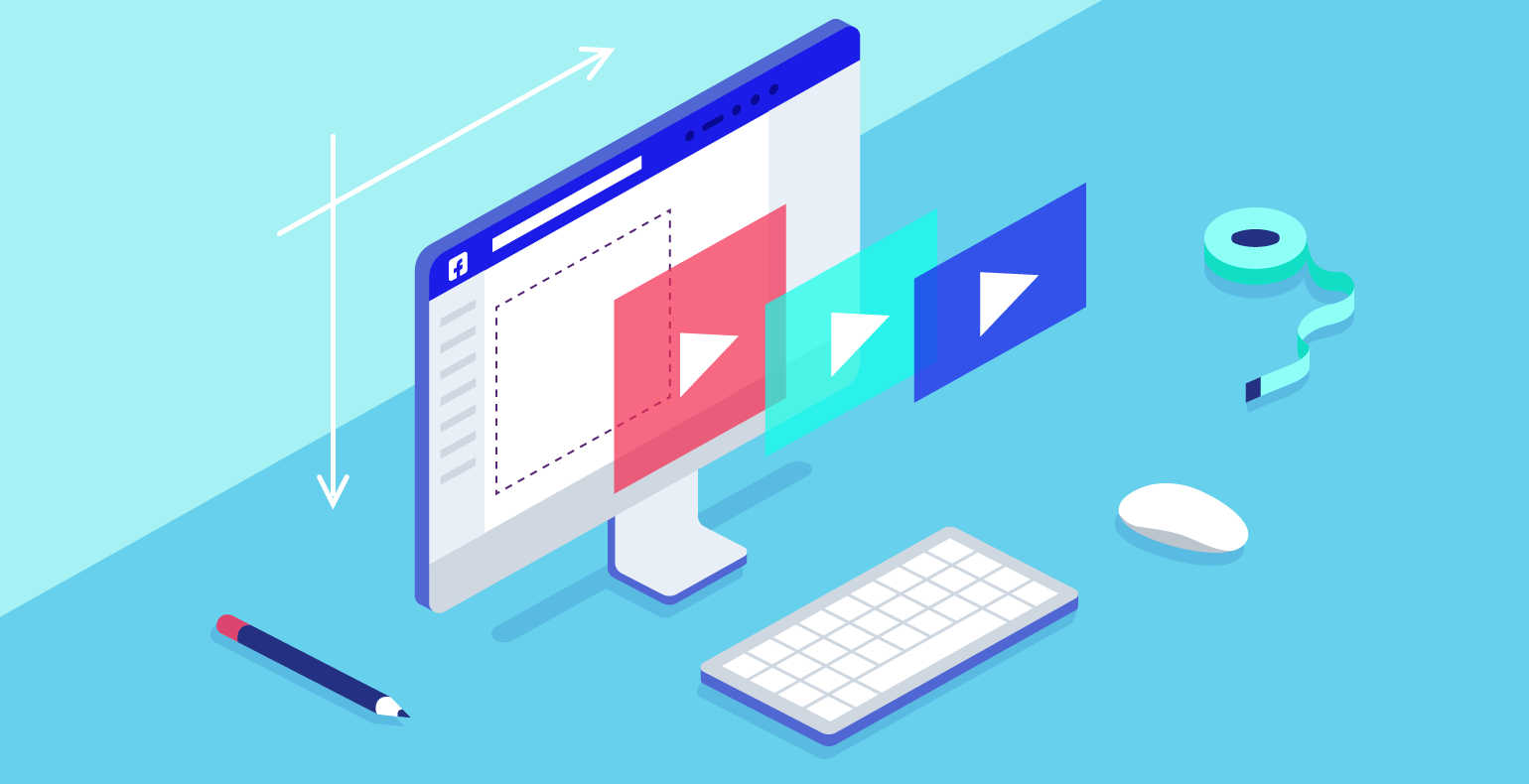
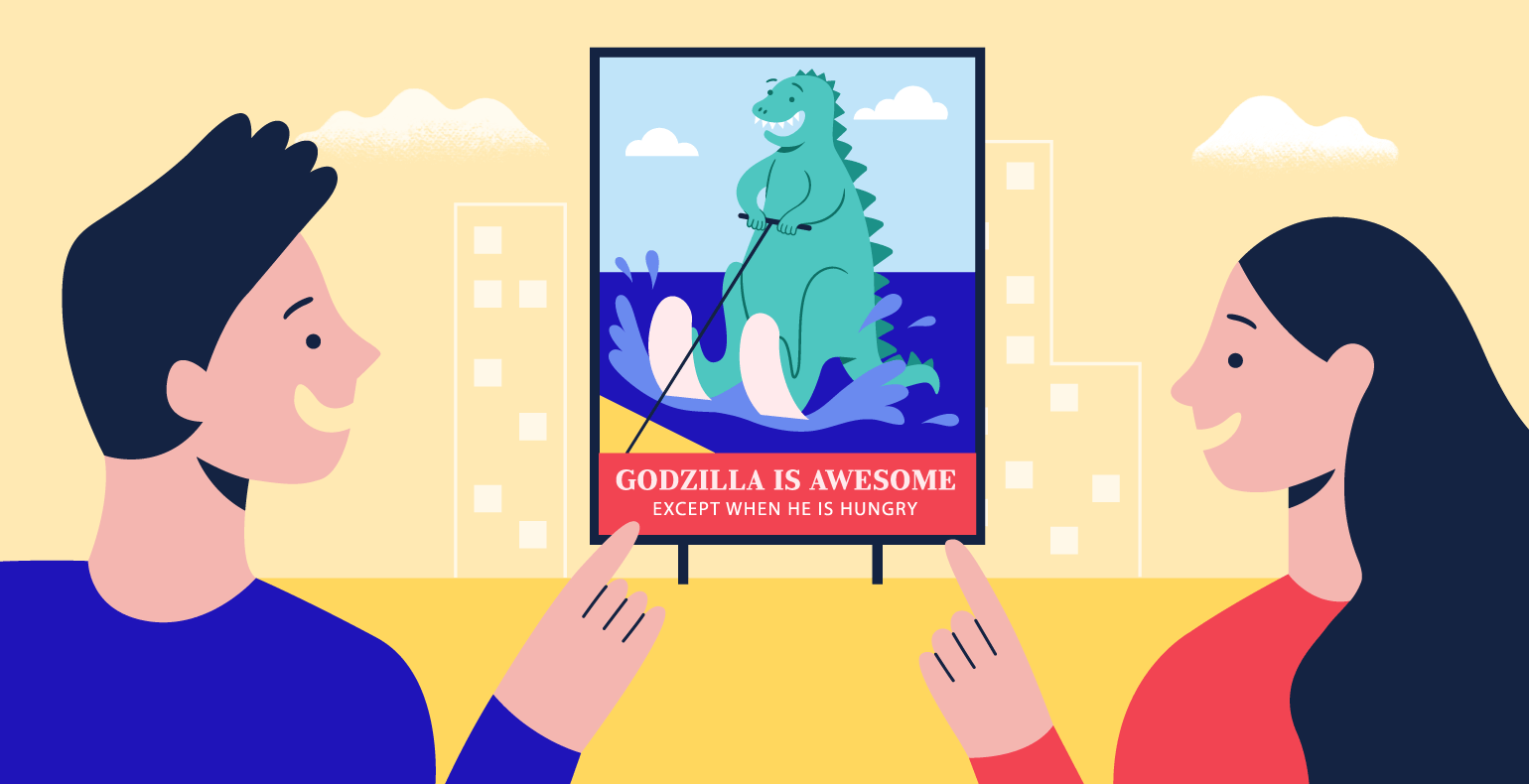


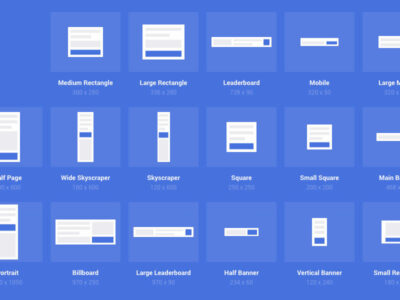
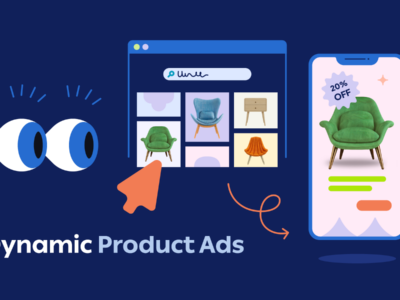





Hii Csenge ..
Thank you for such an informative and described post. We use to practice these steps partially, but here.. I found a complete post about how to make your banners more effective. I will definitely share this with my team.
Hi,
I’m happy to hear that! Stay tuned for Part 3 which will help you to gain more information for your banner ads.
Thank you Laura!
Target design banner adds.Its step inroducing start testing,narrow target market,create picture customer.This is very informative post for all people……
De nada! – Oana